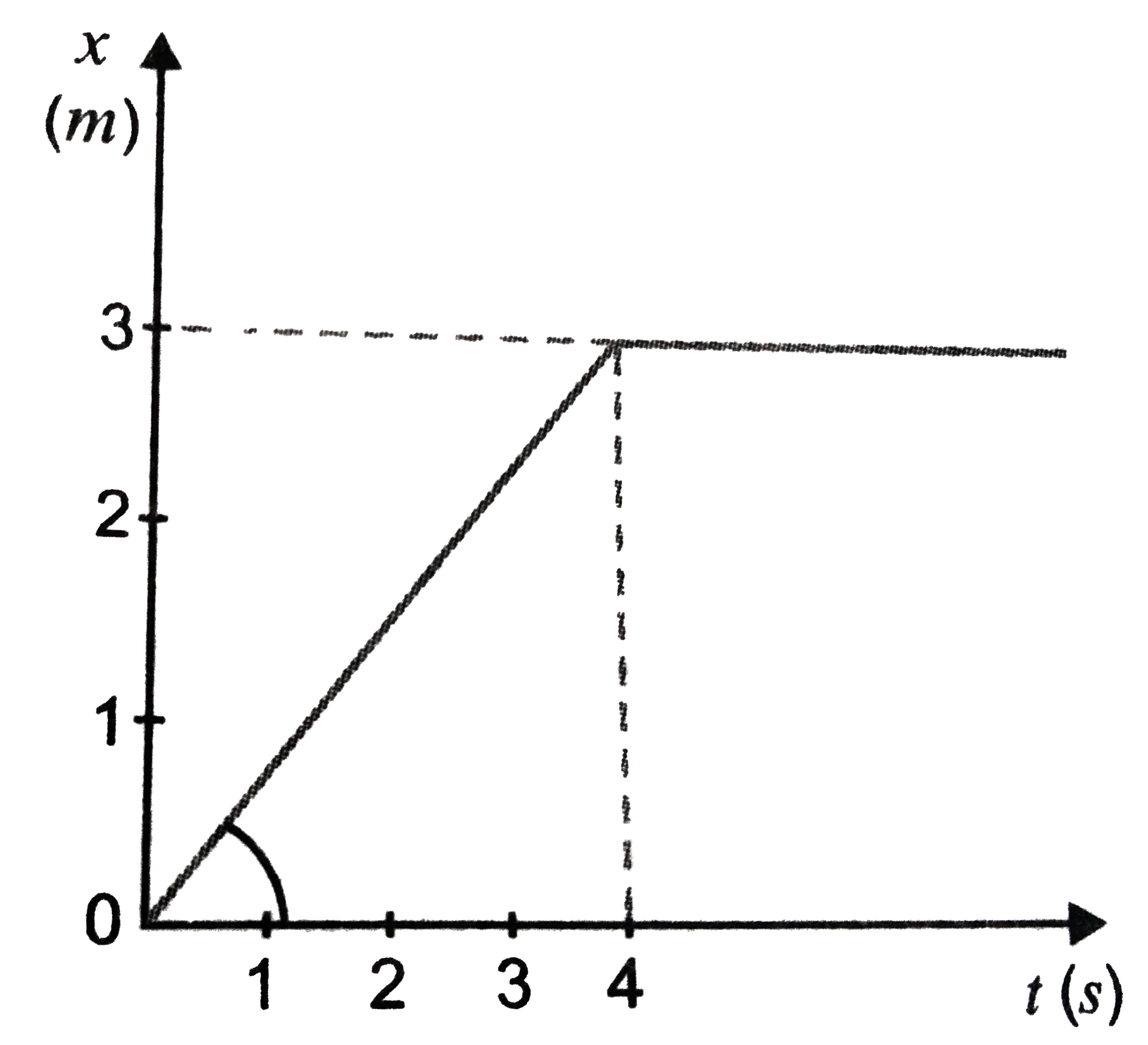A body whose mass is 3kgs, performs rectilinear motion according to the formula s=1+t+t2 (s is in cm, and t is in seconds). Then the kinetic energy of the body when t=5 isSolution in Telugu
181⋅15 ergs
181⋅5×102 ergs
181⋅5×103 ergs
181⋅5×104 ergs
The correct Answer is:C
Step by step video, text & image solution for A body whose mass is 3kgs, performs rectilinear motion according to the formula s=1+t+t^2 (s is in cm, and t is in seconds). Then the kinetic energy of the body when t = 5 is by Maths experts to help you in doubts & scoring excellent marks in Class 12 exams.
Updated on:21/07/2023Topper's Solved these Questions
- APPLICATIONS OF DIFFERENTIATIONBOOK - DIPTI PUBLICATION ( AP EAMET)CHAPTER - APPLICATIONS OF DIFFERENTIATIONEXERCISE - EXERCISE 1A (APPROXIMATIONS AND ERRORS)
67 Videos
- APPLICATIONS OF DIFFERENTIATIONBOOK - DIPTI PUBLICATION ( AP EAMET)CHAPTER - APPLICATIONS OF DIFFERENTIATIONEXERCISE - EXERCISE 1B (TANGENT AND NORMAL)
205 Videos
- ADDITION OF VECTORS BOOK - DIPTI PUBLICATION ( AP EAMET)CHAPTER - ADDITION OF VECTORS EXERCISE - EXERCISE 2 SET - 4
8 Videos
- BINOMIAL THEOREMBOOK - DIPTI PUBLICATION ( AP EAMET)CHAPTER - BINOMIAL THEOREMEXERCISE - EXERCISE 2 (SPECIAL TYPE QUESTIONS) SET - 4
4 Videos
Similar Questions
Iff(x)=2x2+3x−5,x=3,δx=0.02, then δf=
View SolutionThe gradient of the curve y=x3−3x2−2x+7 at (1,3) is
View SolutionA : If the positon vectors of A, B are (2, 3, 5), (1, 1, 7) then the unit vector in the direction of −−→AB is −i−2j+2k3
R : Unit vector in the direction of −−→AB is −−→AB∣∣∣−−→AB∣∣∣
View SolutionA : If the coefficients of 5th, 6th , 7th terms of (1+x)n are in A.P. then n=7or14.
R : If the coefficients of rth, (r+1)th,(r+2)th terms of (1+x)n are in A.P. then n2−(4r+1)n+4r2=2.
View SolutionThe displacement of a body of mass 2 kg veries with time t as S = t^(2) + 2t , where S is in seconds. The work done by all the forces acting on the body during the time interval t = 2s to t = 4s is
View SolutionThe distance (s) travelled by a body in time (t) is given by s = ut + (1)/(2)at^(2) . How is the formula modified when (i) body starts from rest , (ii) motion of body is uniform.
View SolutionThe mass of a body is 2.5 Kg. it is in motion and its velocity upsilon after time t is upsilon = (t^3)/(3) +(t^2)/(2) +1 Calculate the force acting on the body at the time t =3 s.
View SolutionThe position time graph of a body of mass 2kg is as given in What is the impulse on the body at t=0 s and t=4s ?
 .
.
View SolutionA body whose mass is 3kg performs rectilinear motion according to the formula s=1+t+t2, where s is measured the kinetic energy 12mv2 and t in second.
Determine the kinetic energy 12mv2 of the body in 5sec after its start.
View SolutionThe motion of a body is defined by (dv(t))/(dt) = 6-3 v(t) where v (t) is the velocity (in m/s ) of the body at time t (in seconds ). If the body was at rest at t= 0 , find its velocity (in m/s ) when the acceleration is half the initial value.
View SolutionThe displacement of a body of mass 2 kg varies with time.t. as S=t2+2t, where S is in metres and .t.is in seconds. The work done by all the foces acting on the body during the time interval t = 2s to t = 4s is
View SolutionA body of mass 6g is in rectilinear motion according to the laws=−1+(t+1)+(t+1)3 (s is in centimetres and t, in seconds). Find the kinetic enery of the body one second after it begins to move.
View SolutionThe displacement of a body of mass 2 kg varies with time .t. as S =t^(2)+2t , where S is in metres and .t. is in seconds. The work done by all the foces acting on the body during the time interval t = 2 s to t = 4 s is
View SolutionThe displacement of a body of mass 2 kg varies with time t as S = t^2 + 2t , where S is in m and t is in s. The work done by all the forces acting on the body during the time interval t = 2 to t = 4 s is
View SolutionEquation of motion of a body (dv(t))/(dt)=6.0-3v(t) Is where v (t) is the speed in m / s and time in t seconds. If the body is at rest at t = 0, then
View Solution
